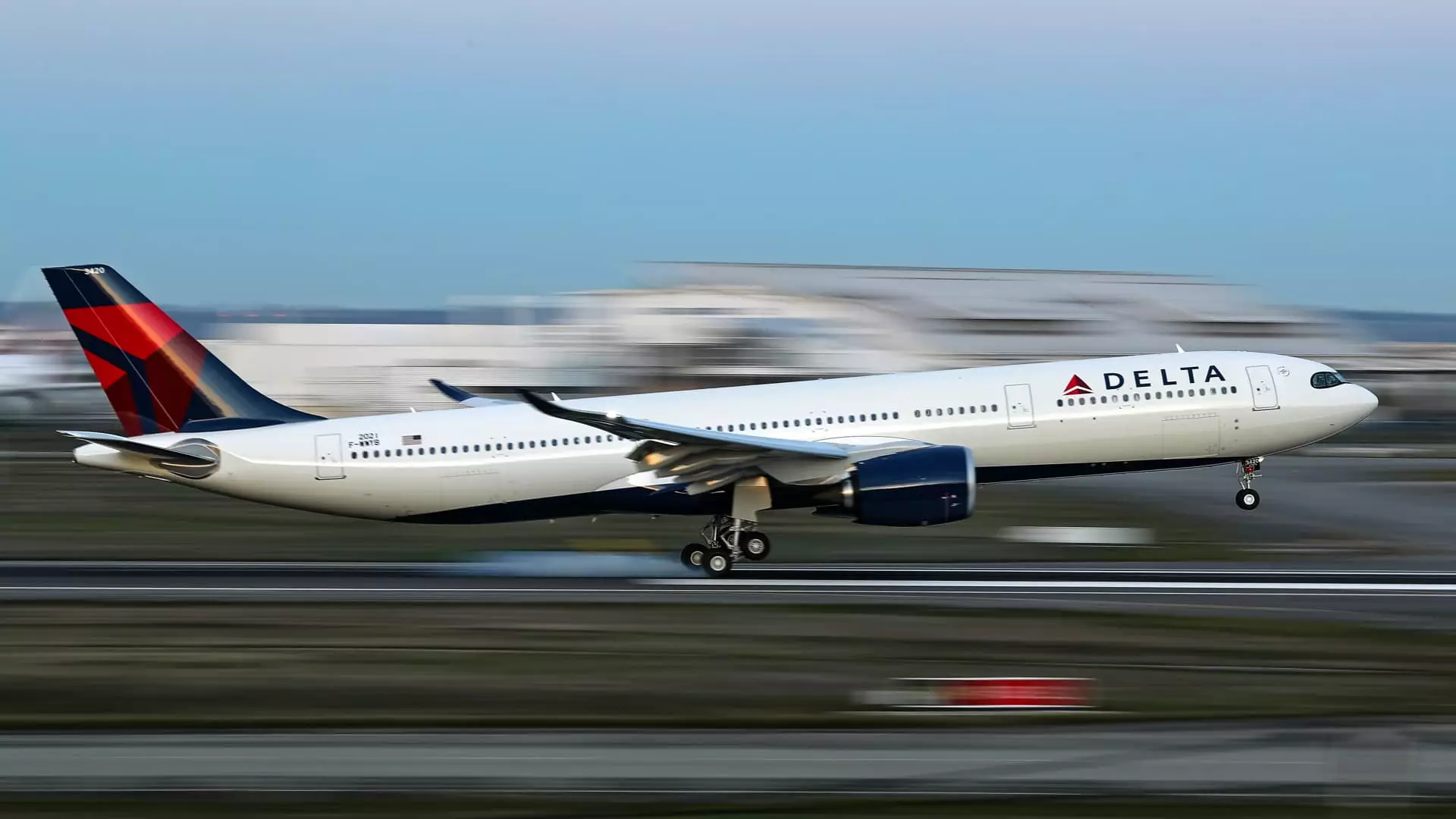In the highly competitive airline industry, the focus on premium cabins has morphed from a mere ply for comfort into a strategic tactic to maximize revenue and customer loyalty. Unlike the cutthroat competitions of standard economy fares, airlines now view their front cabins as a battlefield where margins are expanding and the future of profitability is being defined. Delta Air Lines’ recent experiments illuminate this strategic shift, which signals an awakening to the inherent value embedded in offering travelers bespoke, high-end experiences. The emphasis on upgrading and segmenting premium cabins underscores a fundamental shift: luxury seating is no longer just an amenity but a vital source of revenue that can determine industry survival in uncertain times.
The core lesson is unmistakable—well-heeled travelers are willing to pay premiums for an experience that transcends basic comfort. While low-cost, stripped-down fare models in economy have helped airlines capture volume, premium cabins are proving to be the true engine of sustainable profit. Delta’s revenue from business class seats saw a 6% increase in just the first half of the year, starkly contrasting with the 4% decline in traditional economy revenue. This divergence reveals a new economic paradigm: the edge of profitability now lies at the front of the aircraft, where service quality and passenger experience are paramount.
The Illusion of Innovation: A Question of Perception and Value
Delta’s focus on segmentation and experimentation raises profoundly important questions about the future of premium travel. The airline is toying with the idea of offering more diverse, flexible options that blur traditional distinctions between tiers, aiming to meet myriad customer needs. Yet, one must critically ask—are these innovations driven by genuine consumer demand or by the desperation of aging product lines? The airline industry’s tendency to retrofit and rebrand may conceal the underlying challenge: how to maintain an aura of exclusivity and desirability amid commodification.
Henry Harteveldt’s skepticism about the potential for truly stripped-down premium fares is warranted. Airlines have invested heavily in their high-end cabins because they understand that luxury and comfort serve as key differentiators—product features that are difficult to replicate in a low-cost model. Attempting to artificially lower prices or strip away amenities risks diluting the brand’s value proposition, turning what should be a premium service into a generic, mass-market product. Unless airlines strike a delicate balance—providing tailored options that satisfy diverse segments—they risk inflating costs without proportionate consumer willingness to pay.
The Power Dynamics: Airlines Are Reclaiming Control Amid Market Shifts
The evolving strategy from Delta and other carriers signals a broader industry realization: the premium segment offers a resilient and lucrative market worth defending through innovation, not retreat. Airlines’ willingness to invest in updating their flagship cabins, even amid volatile global travel trends, suggests a calculation that high-end travelers will continue to be invested in experiences that symbolize status, comfort, and exclusivity.
However, this focus does not come without risks. Elevated costs for upgrades and amenities threaten to inflate ticket prices further—potentially alienating even the affluent segments if perceived value diminishes. Still, by surveying and testing new configurations, airlines are attempting to pre-empt this problem, striving to craft offerings that are both innovative and perceived as worth their premium price tags.
American and United are exploring similar territories, hinting at a conscious industry move away from the traditional one-size-fits-all model. The mention of Virgin Atlantic’s retreat suite, capable of transforming into an intimate dining space for multiple travelers, underscores the importance of delivering unique social and experiential value. These innovations can reinforce loyalty for passengers seeking more than just transportation—they want a personal, luxurious experience.
A Cautionary Outlook: Are Airlines Overestimating the Willingness to Pay?
While the trend toward refining premium cabins sounds promising, a sobering reality remains: the market for ultra-luxury travel may be more fragile than current revenues suggest. Airlines might be overestimating how much premium travelers are willing to pay for incremental improvements or niche amenities. As CEO Ed Bastian pointed out, what was state-of-the-art a few years ago is now outdated; continuous upgrades are necessary but costly.
This relentless pursuit of perfection risks creating a cycle of escalating costs and pricing that could backfire if demand slows or shifts. Moreover, the elevating expenses associated with updating cabins might narrow profit margins if not carefully managed. For the industry to truly succeed here, it must balance innovation with affordability, ensuring that added value matches the price increase—an ongoing challenge that will test airlines’ ability to manage perceptions and realities simultaneously.
Ultimately, the premium cabin arms race reveals a deeper truth: airline carriers are recalibrating their business models to adapt to a changing landscape where luxury is both a banner and a battleground. Success hinges on their ability to craft genuinely differentiated, customer-centric experiences that justify their premium pricing while avoiding the pitfalls of overreach and dilution.

